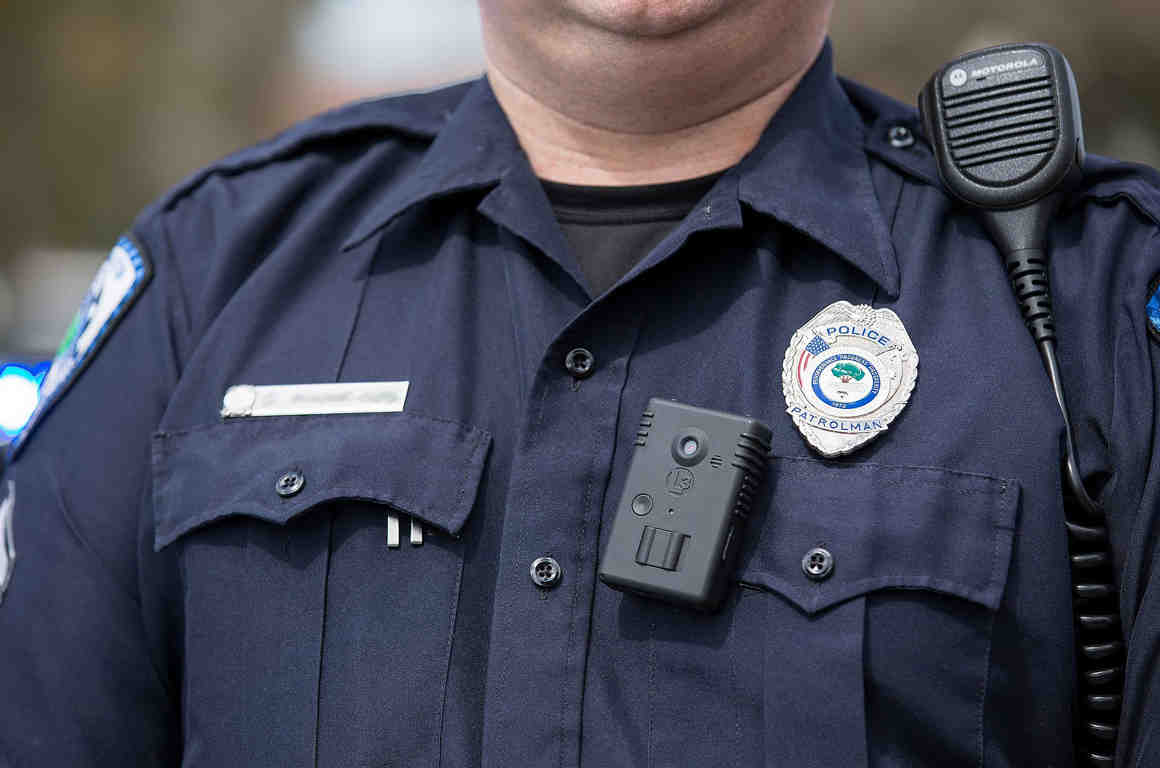
Body-worn cameras (BWCs) have become increasingly common in U.S. police departments, but we know little about their use in the field, including the factors related to whether and why police activate them. A new study examined the prevalence and correlates of BWC activation in Phoenix, Arizona. The study found that departmental policy may be the most important factor in determining BWC activation, and that policies that confine, structure, and check officers’ activation of BWCs affect officers’ decisions about turning on the devices.
The study, by researchers at Arizona State University (ASU) and the University of Nebraska at Omaha, appears in Justice Quarterly, a publication of the Academy of Criminal Justice Sciences.
BWCs are intended to give police organizations the opportunity to boost the transparency and accountability of what has largely been considered low-visibility decision making. But the positive impact of the cameras depends on officers activating them. Research suggests that activation rates vary greatly, with most ranging from low to modest.
“Many researchers have examined the effects of BWCs on outcomes, including uses of force, arrests, and citizens’ complaints, but researchers have not thoroughly studied whether BWCs are actually being used in these encounters,” according to Charles M. Katz, Professor and Watts Endowed Family Chair of Criminology and Criminal Justice at ASU, who coauthored the study. “Police officers’ decisions to activate their BWCs are related to a wide variety of individual, situational, organizational, and neighborhood factors.”
Researchers collected data from more than 146,000 police-citizen incidents in Phoenix from May 2017 to November 2018. They examined the prevalence of BWC activation across different situations, officers, and neighborhoods; the impact of BWC activation policies on officers’ compliance; and the simultaneous impact of situational, officer, neighborhood, and policy effects on the likelihood of officers activating their BWCs.
The data used were collected as part of an evaluation of BWCs in the Phoenix Police Department (PPD) sponsored by the Bureau of Justice Assistance of the U.S. Department of Justice. The study looked at records management system data on every police-citizen encounter; reports on arrests, uses of force, citizen complaints, and personnel; Census information on neighborhoods’ demographics; and records of BWC activation.
The researchers also considered PPD’s policy on BWCs, which changed during the study: From May 2017 to February 2018, PPD required officers to activate their BWCs at the time of contact between officers and citizens; in August 2017, PPD announced that the policy would change in February 2018 to require officers to activate their BWCs when they were mobilized for a call; and from March through November 2018, that policy change was in effect. All of the incidents studied involved officers assigned to wear body cameras.
Among the study’s findings:
- BWCs were activated in roughly 75 percent of violent and property-related incidents, but in only 60 percent of subject/vehicle stops and other types of calls.
- Male and non-White officers activated their BWCs in about 70 percent of incidents, more frequently than did female (59 percent) and White (67 percent) officers.
- BWC activation also changed across policy periods: When officers were required to activate their cameras at the time of contact, they did so in 40 percent of incidents; when they were required to activate when mobilized, they did so in 73 percent of incidents.
- Officers who volunteered to wear BWCs (prior to the policy change) were not more or less likely to activate them than officers who were mandated to wear them.
- Officers’ precinct assignments were also significantly related to their BWC activation, suggesting that workgroup culture might affect activation rates.
The study concluded that departmental policy may be the most important factor in whether officers activated their BWCs. PPD’s policy change (announced in August 2017 and in effect in February 2018) further confined and structured officers’ discretion by specifying that officers were required to activate their BWCs when mobilized. Compared to the original BWC policy, which required activation following arrival at an incident, the policy change boosted activation 315 percent after the change was announced and 295 percent after the change went into effect.
Among the study’s limitations, the authors note that their findings are not generalizable to other agency contexts. Nor did the study examine factors that other research has identified as affecting police discretion, such as ethnicity, gender, or age of citizens who had contact with police. The study did not measure aspects of police culture that might affect officers’ decision making. In addition, the authors say the findings should not be considered causal.
“Understanding whether police officers are complying with BWC activation policies as well as the factors that influence that compliance is key to understanding police discretion in use of BWCs and in assessing the potential impacts of BWCs on the outcomes of police-civilian contacts,” says Jessica Huff, assistant professor of criminology and criminal justice at the University of Nebraksa at Omaha, who coauthored the study. “These results also have important policy implications for police agencies to maximize the benefits of BWCs for documenting civilian and officer behavior to enhance evidence and facilitate transparency and accountability.”
The research was supported by the Bureau of Justice Assistance.


Leave a Reply